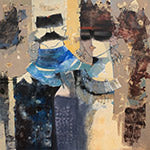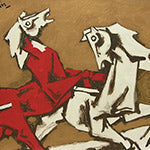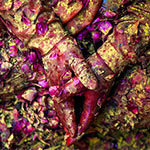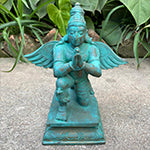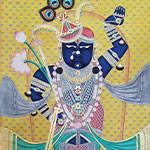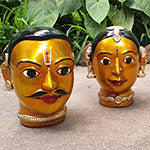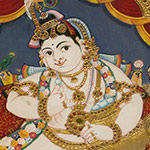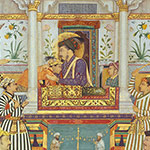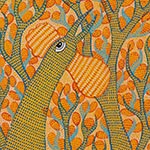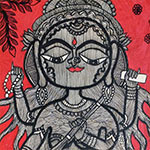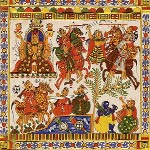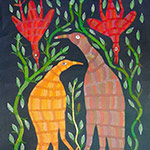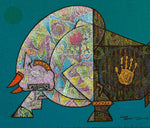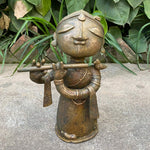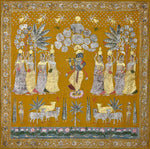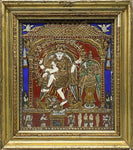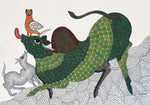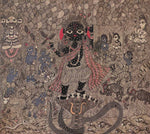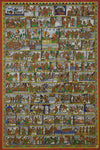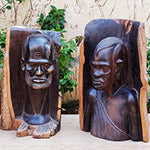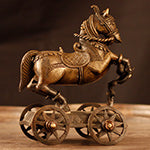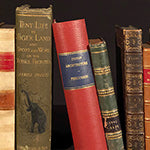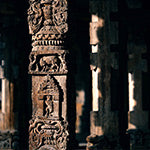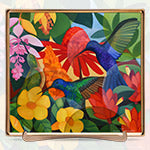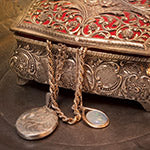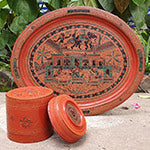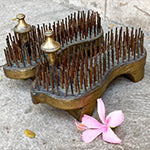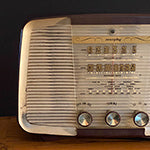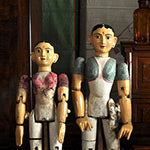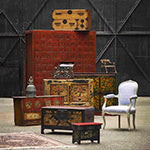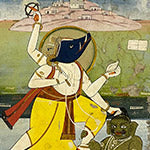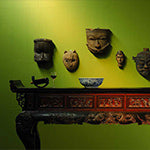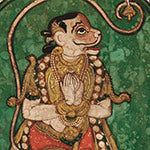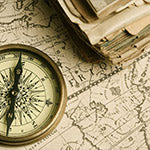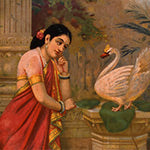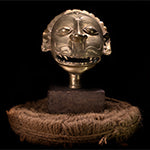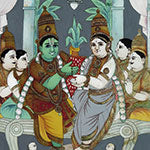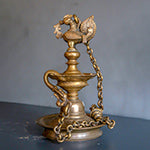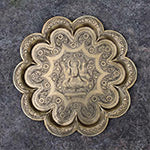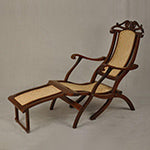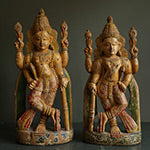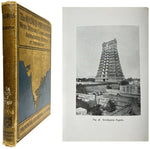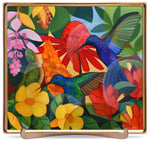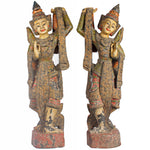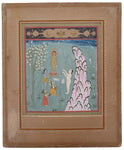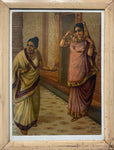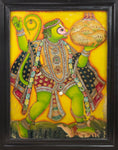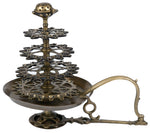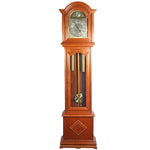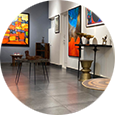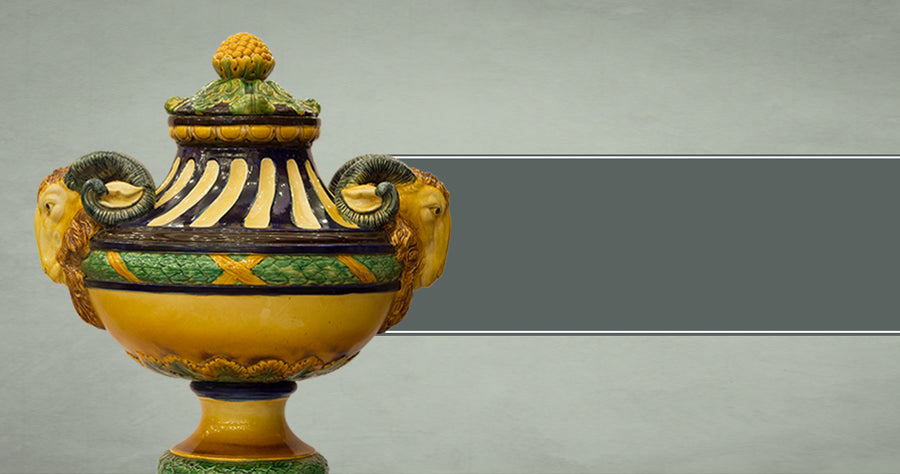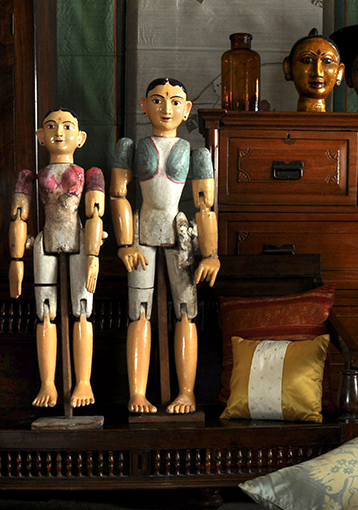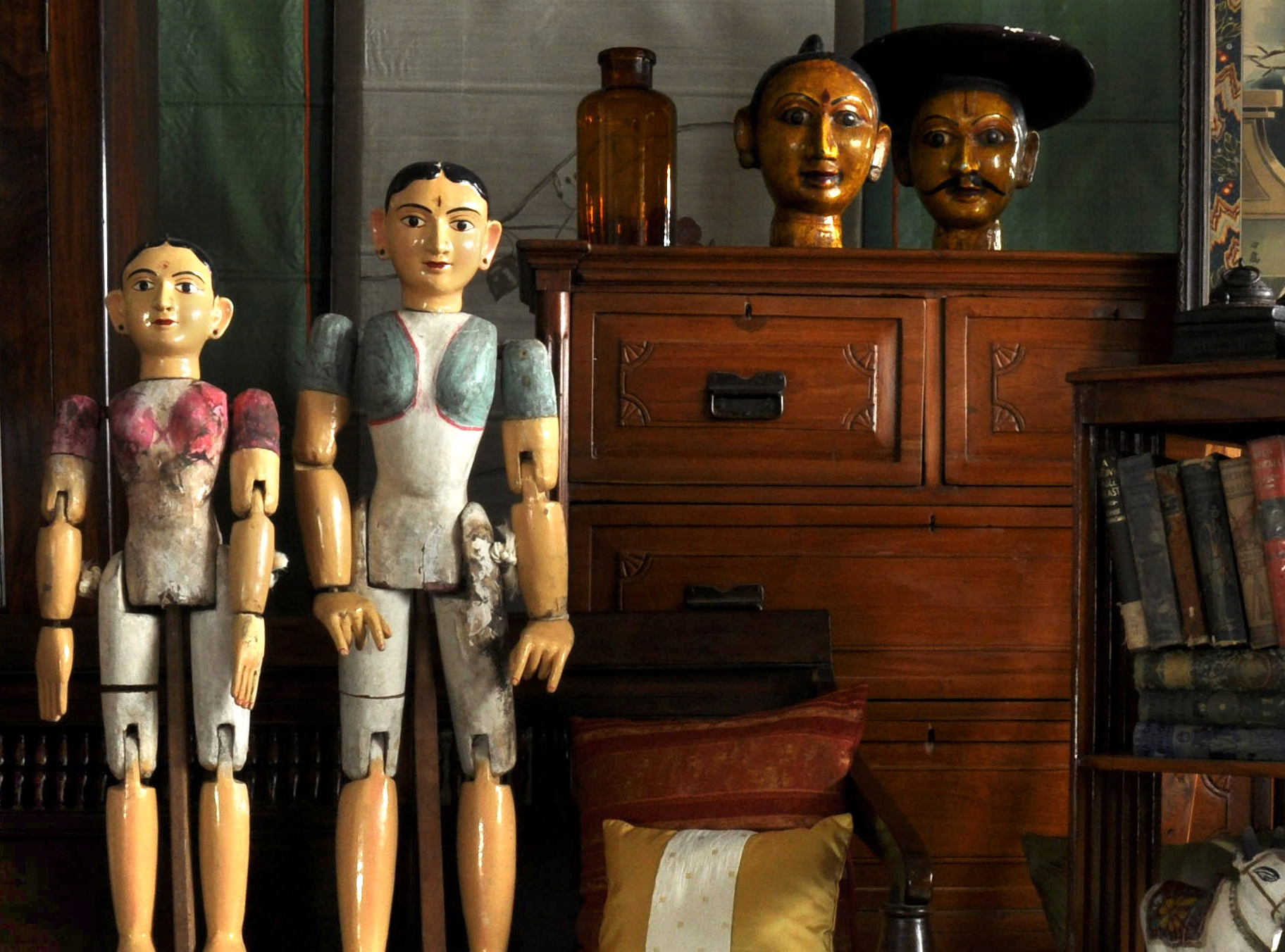Reverse Glass Paintings of India – A Forgotten Artistic Treasure
Art WiseReverse glass painting is a fascinating, yet relatively unknown genre of Indian art, which flourished in the mid-19th century. Widely considered as “folk” art, the artform was never a subject of serious study. However, reverse glass paintings were held in high regard and extremely popular amongst all sections of the Indian society in the late 18th and early 19th century. From royal courts to zamindari properties, these paintings were almost ubiquitous, with intriguing regional variations and stories behind their making.

The Arrival and Spread of Reverse Glass Painting in India
In the 16th and 17th centuries, the Portuguese, Dutch, French and English established a global trade network. Foreign companies established factories along the coast of India, and took interest in the “exotic,” interfering in the political, social and cultural milieu of the subcontinent. The colonised Indian population tried to mimic British officers too, leading to a spike in imported goods. Among the imported artefacts, were reverse glass paintings from China, which reached India in the latter half of the 18th century.
The technique of reverse glass painting originated in Europe in the 16th century and was widely used to illustrate religious themes. Over time, the technique was refined in Italy, from where it spread throughout Europe. It was introduced in China in the 17th and 18th centuries by Jesuit missionaries. Chinese traders were active in India around the same time, and by the late 18th century, a market for Chinese reverse glass paintings flourished on the west coast of India. Soon after, Indian artists learnt the technique and produced reverse glass paintings reflecting Indian tradition.
 (Rama's Coronation; click to purchase on Artisera)
(Rama's Coronation; click to purchase on Artisera)
Reverse Glass Paintings Piqued Zamindari Interest
Owning reverse glass paintings was considered fashionable by Indian royalty; the ruling houses of Satara and Kutch, for instance, and the Jaganmohan Palace in Mysore, displayed huge collections. But, with the 19th century being a prosperous period even for the land-owing, merchant and professional communities, reverse glass paintings were soon commissioned by people from other sections of the Indian society. The inexpensive, decorative paintings became a token for owners to show that they were keeping up with the times.
As the technique trickled down from the ruling class to the zamindars and other communities, there was a shift in the subjects and quality. While the royal families bought imported reverse glass paintings or those executed by foreign artists - often portraits of foreign kings and queens, or their own family, friends, dancing girls or concubines, the ones commissioned by the zamindari class were by Indian artists and depicted religious themes, used for worship. The paintings commissioned by noblemen and rulers were more finely finished, too.
 (The Maharaja of Benares; click to purchase on Artisera)
(The Maharaja of Benares; click to purchase on Artisera)
The Unsung Chitrakara of Reverse Glass Paintings
Since ancient times, creating and owning art has been considered a symbol of status in Indian society, and this remained true of reverse glass paintings as well. Although the art of painting was highly regarded, the same could not be said for the artists, with a majority struggling to eke out a meagre living, and their legacies lost with no record whatsoever.
Artists were either part of a village community or a guild, or at the service of a ruler, nobleman or religious institution. Training took place discreetly, in families or guilds. Patronage was of utmost significance, and patrons influenced the artists’ work immensely. They could pick the subject matter, and their increased involvement encouraged and inspired the artist.
The artists who created reverse glass paintings belonged to a community of hereditary craftsmen – chitrakara – who were painters, decorators, gilders and wood carvers. As it is highly unlikely that these artists, who belonged to marginalised castes, were allowed into the temple precincts, religious reverse glass paintings are likely to have taken inspiration from processional images, rather than the images enshrined within temples.
 (Gajalakshmi; click to purchase on Artisera)
(Gajalakshmi; click to purchase on Artisera)
Regional Variations
By the mid-19th century, Indian artists had established ateliers across the country, but it is difficult to determine the exact centres where reverse glass paintings were produced. It is clear though, that the main centres were in southern India, Maharashtra, Gujarat and Rajasthan. Reflecting local influences, regional variations existed across these centres.
For instance, the bulk of reverse glass paintings from southern India portrayed the popular theme of majestic deities in vibrant colours, with metallic foils and details adding to the richness of the artworks. They came from what was then the Madras Presidency, which included modern day Tamil Nadu, Telangana, Andhra Pradesh, and parts of Odisha, Kerala and Karnataka. These reverse glass paintings were heavily influenced by the ‘Thanjavur’ style of painting, which was practised in the 19th century in centres such as Thanjavur, Tiruchirappalli, Pudukottai and Madurai. Thanjavur paintings were completed on wooden tablets, depicted religious characters and scenes, and were adorned with sparkling stones or metal.
 (Balakrishna with a Pat of Butter; click to purchase on Artisera)
(Balakrishna with a Pat of Butter; click to purchase on Artisera)
Reverse glass paintings from the western Indian centres were usually made by Chinese artists settled in India – evident from their distinctive style and muted palette. Portraits, landscapes and still life were common themes, with an intriguing mix of Indian and Chinese elements, such as Chinese-style chairs and Indian huqqas. Most of the works displayed a simple layout, and backgrounds were kept minimal. While young women engaged in leisurely activities were popular subjects, Chinese artists also tried their hand at replicating Indian religious subjects, but lacked empathy and understanding for the Indian feeling for form and colour.
 (Vasishtha Maharishi Worships Kamadhenu, by a Chinese artist; click to purchase on Artisera)
(Vasishtha Maharishi Worships Kamadhenu, by a Chinese artist; click to purchase on Artisera)
A Tedious Technique
The term reverse glass painting denotes both, how the painting was executed and how, once completed, it was viewed. The process began with the artist placing a clear sheet of glass over their master drawing. Then, they drew the finer lines and details, following which, metallic foil, coloured or gold paper and sequins, if used, were added. Then, the larger areas of opaque colour – usually tempera – were applied. ‘Shading’ was used to achieve gradation of colours, and the painting was finally mounted with the unpainted side first, so that it could be seen through the glass.
Artists were required to have a sharp memory as they had to cover the different components of a painting sequentially. The technique was laborious, and the fragility of the glass resulted in breakage and loss of many works.
An Interesting Mix of Influences
A fascinating mix of Indian and foreign elements - Chinese or Western - is a distinctive feature of Indian reverse glass paintings, which reflected the aesthetics and aspirations of the time. Elements drawn from colonial architecture, interior decoration and fashion permeated the repertoire of the artists, and reflected in how they depicted deities and mythological themes. The popularity of theatre is also evident, with the presence of elaborate curtains in many paintings. The gradually increasing diffusion of photography and the influence of illustrated postcards and other Western prints, are also visible in reverse glass paintings.
 (Saraswati; click to purchase on Artisera)
(Saraswati; click to purchase on Artisera)
A Gradual Sink into Oblivion
Towards the close of the 19th century and beginning of the 20th century, the printed image began gaining immense popularity in India. Prints were largely in favour, and all artists, including reverse glass painters, began imitating the style. Ravi Varma was instrumental in making prints of deities and mythological subjects hugely popular. Reverse glass paintings, which adorned most holy sites and domestic puja rooms until then, were eventually replaced by his lithographs, which were cheaper to produce and less fragile.
The art of reverse glass painting, left forgotten for years, is now getting some of the attention it deserved, and today, original reverse glass paintings are considered prized collectibles by the discerning eye.


